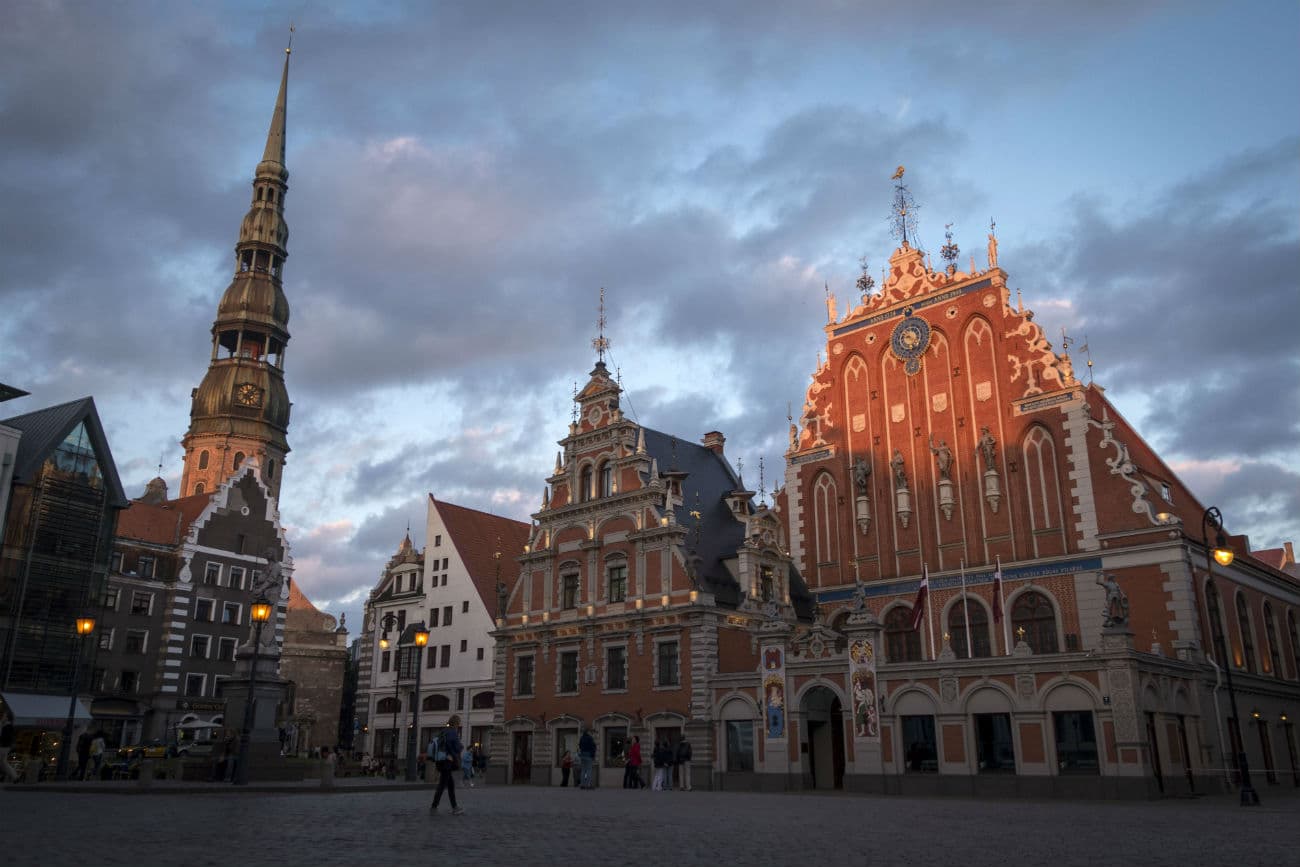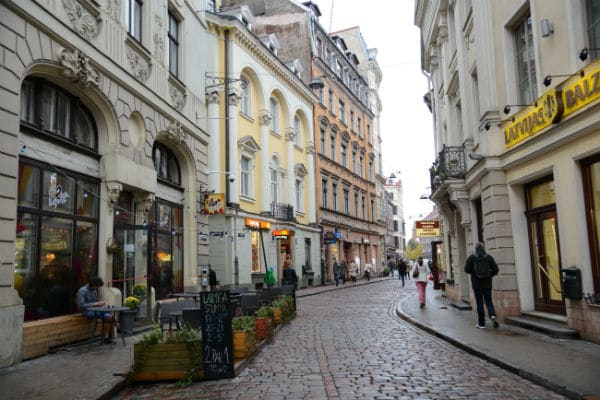
Photo by Jorge-Láscar
From wild shorelines, dense forests and deep blue lakes to cities rich in history, architecture and culture, Latvia is a jewel at the center of the Baltics. It’s a place of discovery where the past and present intersect. For more than 700 years, Latvia’s coveted location on the Baltic Sea made it a target for neighboring super powers and it has been ruled by many of those superpowers throughout its turbulent history. Even the Russian Czar Ivan the Terrible occupied it at one point. But, despite unwanted rulers and numerous wars, Latvia has held on to its cultural roots. Housed in the former US Embassy building, the Museum of the Occupation of Latvia chronicles the country’s troubled past and provides a new appreciation for the tenacity of its people. Here are just a few of the discoveries waiting for you there.
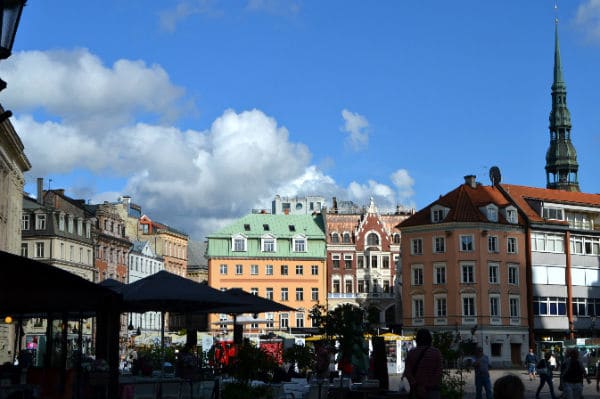
Photo by Terri Marshall
History and Architecture in Riga
Classified as a UNESCO World Heritage Site, Riga, Latvia’s capital city, has emerged from its troubled history as a thriving multicultural city. Strolling the labyrinth of narrow cobblestone streets in the heart of Riga’s Old Town you’ll wind past medieval architectural marvels and remnants of the fortification wall that enclosed the city from the 13th to 18th century. The churches here are spectacular from the Riga Dome Cathedral to St. Peter’s with the city’s tallest steeple. In the Middle Ages, Riga was a member of the trade route known as the Hanseatic League; the ornate House of the Blackheads reflects the prosperity of that period. Riga is also known for its exquisite Art Nouveau architecture and has the largest concentration of it in any city worldwide.
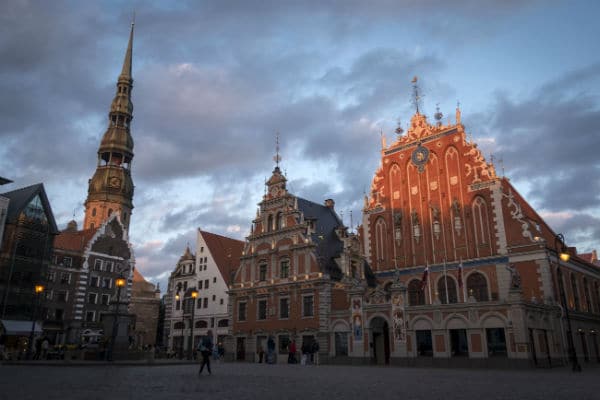
Photo by Bryan Ledgard
A World-Class Culinary Scene
Riga surprised me with its variety of delectable cuisines. From traditional Latvian foods like smoked meats and pork roast to innovative contemporary dishes, each meal was a gastronomic delight.
The city’s markets are an excellent place to experience the varying tastes. Housed in several former zeppelin hangars, Riga Central Market is the largest food market in Europe. Thousands of stalls display fresh produce, meats, cheeses, fish, brilliantly colored flowers and everything in between.
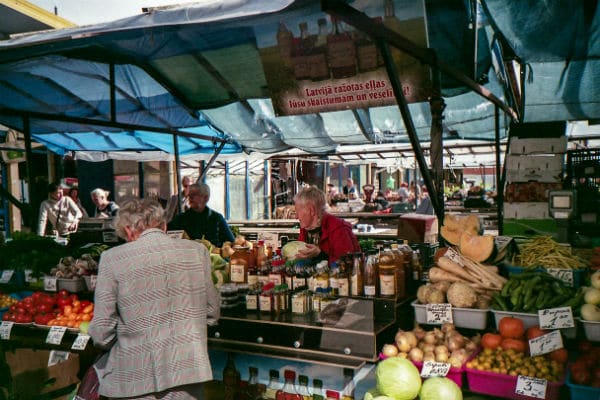
Photo by Vadim Timoshkin
The Historic Charm of Cēsis
Located in the northern part of the Vidzeme Heights next to the Gauja National Park, Cēsis is surrounded by natural beauty. The centerpiece of the city is the Cēsis Castle complex, which consists of the ruins of an original 13th-century Livonian castle and an adjoining newer 18th-century castle. A candlelit climb up the stairs of the narrow winding tower in the castle is rewarded with views of the surrounding woodlands and glistening lakes. Harness your inner knight or lady with a bit of archery practice. Or, if you have more coordination than me, give stilt walking a try. You won’t be alone; a helpful knight dressed in period clothing from the Middle Ages is on hand to assist.
The medieval St. John’s Church dominates the center of the Cēsis Old Town. One of the oldest monuments in Latvia, it’s surrounded by winding cobblestone streets lined with colorful wooden houses, some with restored art nouveau facades, and shops filled with locally made crafts. Cēsis is also home to Vidzeme Concert Hall, one of Latvia’s most contemporary cultural centers, which combines a concert hall, cinema and music school under one roof.
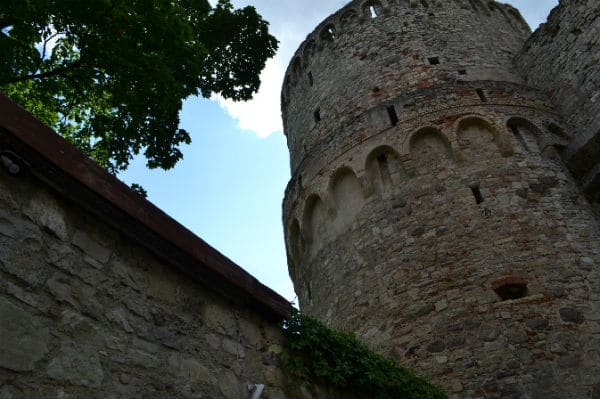
Photo by Terri Marshall
Rundāle Palace – A Nod to Latvia’s Glamorous Past
Located in the fertile Zemgale plain in the south, the Rundāle Palace was built by Bartaolomeo Rastrelli of St. Petersburg’s Winter Palace fame as a summer residence for the Duke of Courland, Ernst Johann Biron. The magnificent palace, which was badly damaged in the country’s wars, has been painstakingly restored to its original grandeur and is divided into an East Wing for formal occasions and a West Wing, the private royal residence. Inspired by the gardens at Versailles, the Royal Gardens are breathtaking.
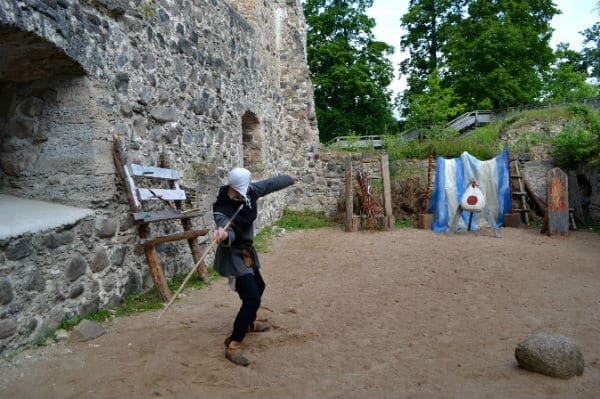
Photo by Terri Marshall
Discoveries for Adventurers and Families
As part of the Gauja National Park, thick forests surround Sigulda and it’s often referred to as the “Switzerland of Latvia” due to its hilly terrain and expansive river valley. The town is situated on the banks of the River Gauja, which is dotted with sandy caves. The best way to view the picturesque landscape is from the Baltics’ only cable car that travels 138 feet above ground linking the two banks. The ride overlooks an amazing landscape, which contains three mighty castles and a view of the ancient valley of the Gauja. If you are up for an adrenaline pumping adventure, bungee jumping can be done from the cable car at the highest point of the crossing. Less terrifying adventures like obstacle routes, a toboggan track and chairlifts are available at Tarzan’s Adventure Park – the largest outdoor adventure park in the Baltics.
Isn’t it time you discovered Latvia?
[alert type=white]
Where to Stay:
Wellton Centrum Hotel & Spa – 33 Kaleju Street, LV-1050, Riga, Latvia, +371 67130674; www.wellton.com/en/wellton-centrum-hotel-spa/about-hotel
Where to Eat:
Valtera Restorans – Miesnieku iela 8, LV-1050, Riga,Latvia; +371 29529200; www.valterarestorans.lv/en/
3 Prir – Kaleju Street 3, Lv-1050, Riga, Latvia; +371 26660060; www.restaurant3.lv/en/
For more information visit www.latvia.travel/en/
[/alert]

